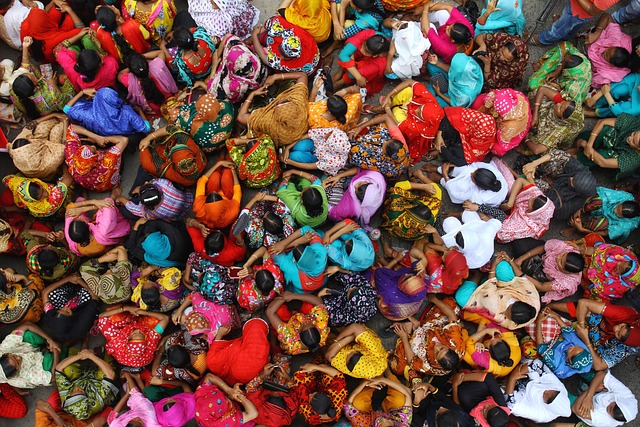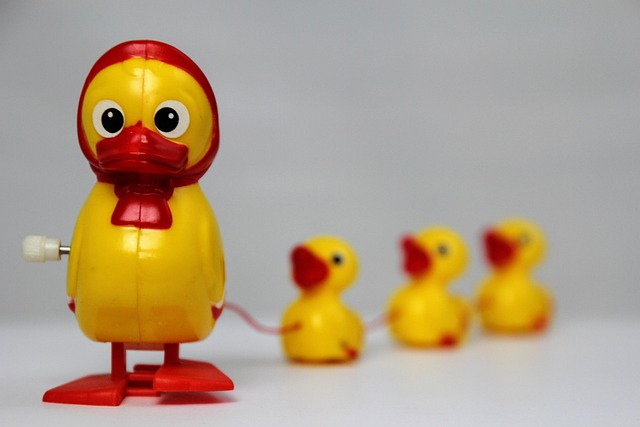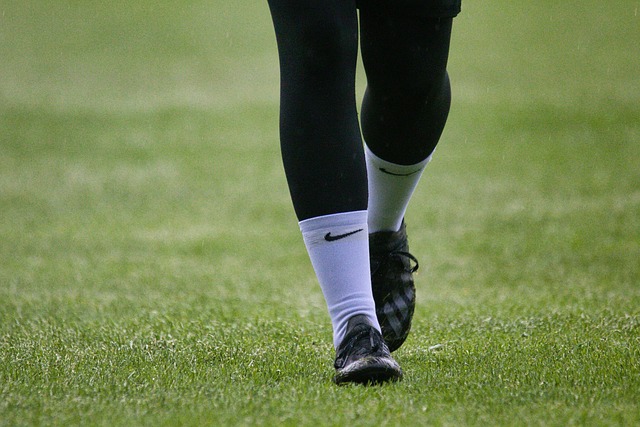Softball team training uniforms have evolved from simple, functional designs to standardized, high-performance gear that promotes player comfort, breathability, durability, and team identity. Modern fabric technology offers moisture-wicking properties, improved drying times, and antimicrobial finishes, enhancing athletes' performance during demanding practices. Brands integrate cutting-edge materials and design elements, transforming uniforms into symbols of teamwork and style within amateur softball.
Softball team training uniforms have evolved dramatically since their early beginnings. This article delves into the fascinating journey of duck softball uniforms, tracing their transformation from functional garb to iconic symbols of team identity. We explore historical perspectives, highlight key innovations in fabric technology, and examine the influence of sportswear brands on modern designs. Discover how today’s uniform choices enhance performance and foster a strong sense of community within softball teams.
- Historical Overview of Softball Uniforms
- Early Days: Comfort Meets Functionality
- Standardization and Team Identity
- Modern Innovations in Fabric Technology
- The Role of Sportswear Brands in Design
Historical Overview of Softball Uniforms

Softball uniforms have evolved significantly over time, reflecting changes in the sport’s popularity and the increasing importance of team identity and performance. Historically, softball teams wore simple, functional attire, often consisting of shorts or skirt, a sleeveless shirt, and canvas shoes. These uniforms were designed for comfort during intense training sessions and games, emphasizing mobility and breathability.
As the sport gained traction, especially in organized leagues and schools, so did the need for more specialized gear. Manufacturers began incorporating synthetic fabrics that offered better moisture-wicking properties and faster drying times, enhancing player performance during rigorous softball team training regimens. Designs also started to incorporate team colors and logos, fostering a stronger sense of unity and competition among players.
Early Days: Comfort Meets Functionality

In the early days of softball, uniforms were primarily designed with functionality in mind. Players needed attire that could withstand the rigors of intense training sessions and competitive games. Comfort was paramount, as athletes spent long hours on their feet, running bases, and swinging bats. Materials had to be breathable yet durable, allowing players to stay cool during hot summer practices and tournaments. Functionality extended beyond the fabric; uniform designs included practical features like pockets for storing gear and adjustable fits to accommodate different body types.
The evolution of softball team training over time has shaped these uniforms. As the sport gained popularity and organized leagues emerged, so did a need for more specialized attire. While comfort remained a priority, aesthetic considerations crept in, allowing teams to develop distinct identities through their uniforms. However, the core focus on functionality never wavered, ensuring players had the freedom of movement and protection required to excel in softball.
Standardization and Team Identity

Over time, the evolution of ducks softball uniforms has not only reflected changing trends in sports fashion but also played a crucial role in establishing and strengthening team identity. In the early days, softball teams often wore generic athletic attire with minimal customization. However, as the sport gained popularity and teams started to participate in organized leagues and tournaments, there was a growing need for standardization. This shift towards standardization ensured that all members of the team looked uniform during games, fostering a sense of unity and collective purpose.
Team identity is significantly enhanced when players wear uniforms that proudly display the team’s name, logos, and colors. Standardized softball team training attire allows for easy recognition of teammates on and off the field, boosting camaraderie. Moreover, these uniform standards create a distinct visual representation of the team, setting them apart from others in their league. As a result, players feel a stronger connection to their team, which can translate into improved performance and team spirit during competitions.
Modern Innovations in Fabric Technology

In recent years, modern innovations in fabric technology have significantly impacted the evolution of softball uniforms, particularly for teams focused on optimal performance during training and games. High-performance fabrics, designed to enhance comfort and durability, are now standard features in top-tier softball gear. These materials often include moisture-wicking properties that keep players cool and dry, reducing fatigue during intense practices and competitions.
Moreover, advanced textiles incorporate breathable structures, ensuring athletes stay comfortable even under rigorous activity. Some modern uniforms are also treated with antimicrobial finishes to inhibit the growth of odor-causing bacteria, promoting better hygiene for softball teams during training sessions. These technological advancements not only contribute to improved player experience but also enhance overall team performance in the fast-paced environment of softball competitions.
The Role of Sportswear Brands in Design

In the realm of softball team training, the evolution of uniforms is a fascinating narrative that reflects changing trends and technological advancements in sportswear. As sports brands have become integral players in the design process, they’ve brought their expertise to create not just aesthetically pleasing garments but also functional ones. These brands leverage cutting-edge materials, like moisture-wicking fabrics and lightweight constructions, to enhance player comfort and performance during intense training sessions and competitive games.
Moreover, their involvement has led to a diverse range of styles, colors, and patterns that cater to the unique identities of each softball team. By collaborating with athletes to understand their specific needs, these sportswear giants have revolutionized uniform design, ensuring players look good while they play hard on the field. This partnership between brands and teams is reshaping the way softball uniforms are perceived, moving beyond mere attire to become a symbol of teamwork, skill, and style in the fast-paced world of amateur athletics.






